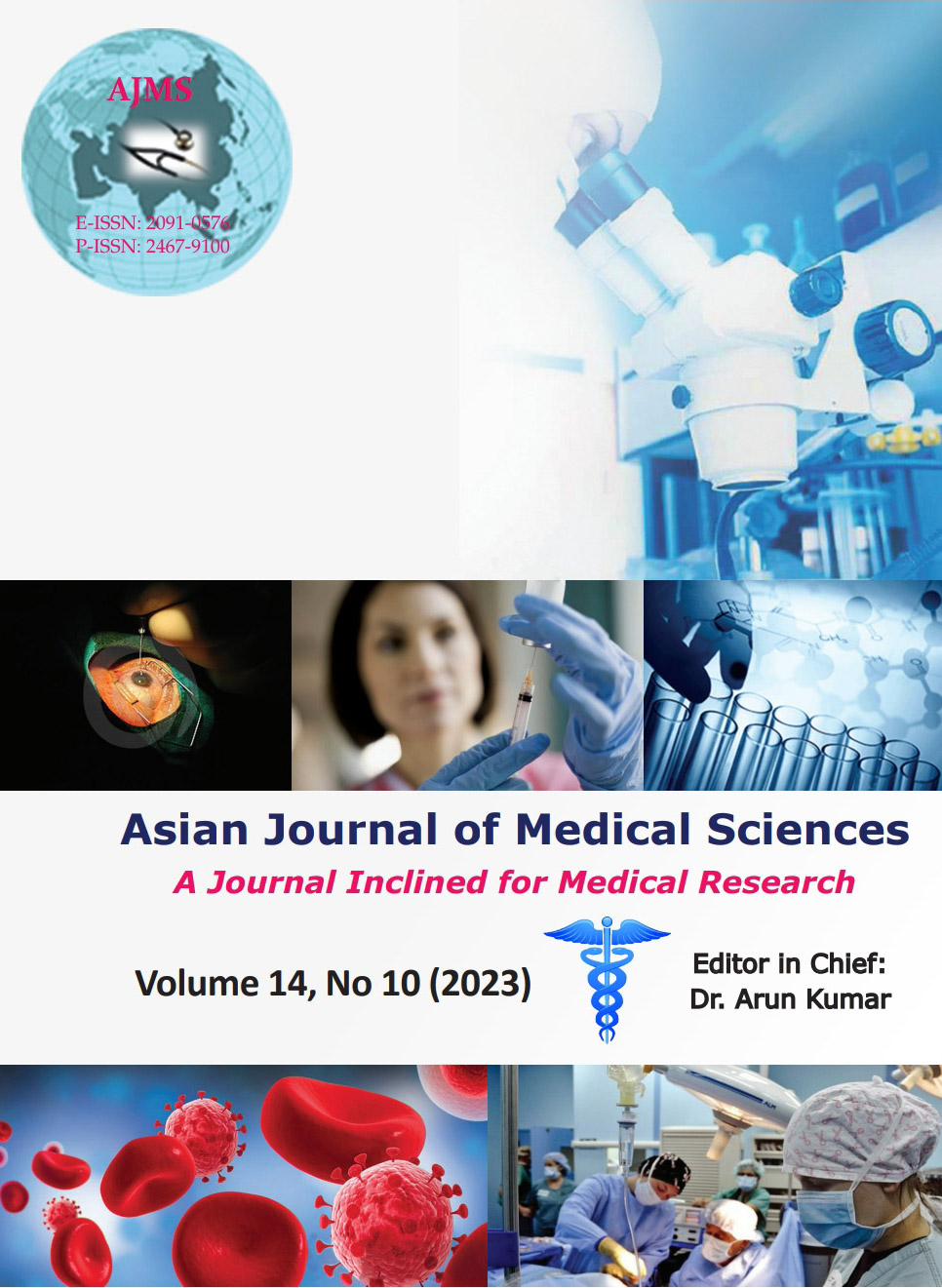Treating refractory wounds with necrotic tissue, using wound gel and dietary modifications
Keywords:
Wound treatment; Wound healing; Nutrition in wound healing; Collagen in wound healing; Vitamins in wound healing; Minerals in wound healingAbstract
Background: A certified hyperbaric and wound care specialist in the South-west US evaluated three patients who presented with refractory wounds containing substantial necrotic tissue.
Aims and Objectives: The primary aim/objective of this study was for the investigator to ascertain if the wound gel, in combination with dietary changes and standard hyperbaric oxygen treatment (HBOT) when placed on refractory wounds evidentiary with necrotic tissue, would result in favorable wound healing outcomes. This study’s secondary aim/objective was to determine if this treatment approach could result in avoiding costly and deleterious, life-changing amputations, and/or surgical reconstructions.
Materials and Methods: The physician investigator conducted this qualitative method case study during her regular professional medical practice. She selected study subjects based on the exigency of patients’ needs. The three subjects selected met three inclusion criteria. The first inclusion criterion was that the patient had at least one serious refractory wound, which wound did not respond to any previous treatment regimens at any treatment center. The second inclusion criterion was that significant necrotic tissue was evidentiary in the wound(s). The third inclusion criterion was that each patient was facing traumatic surgical intervention – either amputation or excision with reconstruction. The investigator measured wound diameters and tracked the time to wound closure and wound healing. In addition, the investigator noted patient comments during the wound healing.
Results: In two cases, patients were scheduled for umbilical reconstruction; in the third, the patient was scheduled for a frontal foot amputation. In 10 weeks, the three patients experienced complete wound healing or substantial wound resolution. Case #2 patient initially only received HBOT at a different wound center and was emergently admitted to the hospital after 2 weeks of HBOT (no dietary alteration or specialized wound gel application). The patient underwent wide excisional debridement with general surgery but received the trifurcated treatment regimen after discharge, resulting in wound healing within 10 weeks.
Conclusion: These results warrant further study with more subjects to determine the replicability of findings. If the results are generalizable to this population of patients suffering from advanced refractory wounds and facing limb amputations, the health and quality-of-life benefits for these patients and the prospective cost savings on the U.S. health system could be incalculable.
Downloads
Downloads
Published
How to Cite
Issue
Section
License
Copyright (c) 2023 Asian Journal of Medical Sciences

This work is licensed under a Creative Commons Attribution-NonCommercial 4.0 International License.
Authors who publish with this journal agree to the following terms:
- The journal holds copyright and publishes the work under a Creative Commons CC-BY-NC license that permits use, distribution and reprduction in any medium, provided the original work is properly cited and is not used for commercial purposes. The journal should be recognised as the original publisher of this work.
- Authors are able to enter into separate, additional contractual arrangements for the non-exclusive distribution of the journal's published version of the work (e.g., post it to an institutional repository or publish it in a book), with an acknowledgement of its initial publication in this journal.
- Authors are permitted and encouraged to post their work online (e.g., in institutional repositories or on their website) prior to and during the submission process, as it can lead to productive exchanges, as well as earlier and greater citation of published work (See The Effect of Open Access).




